Somerset Bronze Age massacre victims likely cannibalised

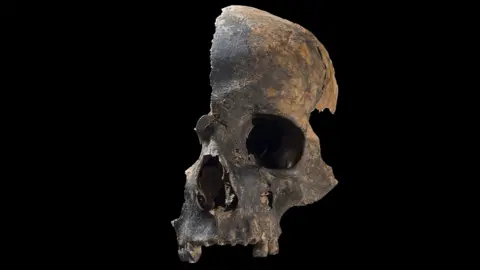 Rick Schulting
Rick SchultingScientists have uncovered the aftermath of an “exceptionally violent” attack about 4,000 years ago in Somerset when at least 37 people appear to have been butchered and likely eaten.
It is the largest case of violence between humans identified in early Bronze Age England, which had been considered a peaceful time.
The victims’ bones were found by cavers in the 1970s. Experts believe they were thrown into a 15m shaft by the prehistoric attackers.
The massacre was probably driven by a furious “desire for revenge” and its effects likely “echoed through generations”, says Professor Rick Schulting at Oxford university.
He says the victims may have been eaten as a ritual to “dehumanise” them and to send a message by “insulting the remains”.
Around 3,000 fragments of bones found at a cave system called Charterhouse Warren in the Mendip Hills, Somerset, were analysed by a team of archaeologists.
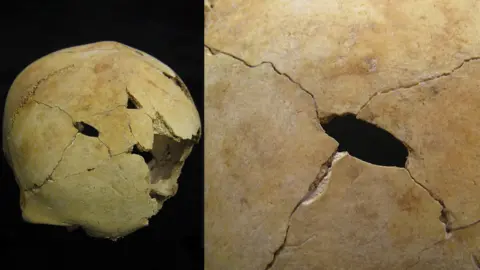 Rick Schulting
Rick SchultingThey believe that at least 37 people died, including men, woman and children. Teenagers and older children made up about half of the victims.
Villages in early Bronze Age Britain were made up of around 50 to 100 people, so the experts think this could have equated to wiping-out almost one entire community.
The Bronze Age in Britain lasted from about 2500–2000 BC until 800BC, and was a time when bronze replaced stone for making tools and weapons. People developed new agricultural methods, creating large and permanent farms.
In the newly-identified attack there was no evidence of a fight back, suggesting the victims were taken by surprise.
Scrape and cut marks on the bones indicate that the attackers systematically dismembered their victims using stone tools and likely consumed them.
“If we saw these marks on animal bones, we’d have no question that they were butchered,” says Prof Schulting.
The scientists do not believe the attackers ate the remains out of hunger because the fragments were found alongside animal bones, indicating there was sufficient food.
The extensive dismembering of the bodies is the first documented case for this era.
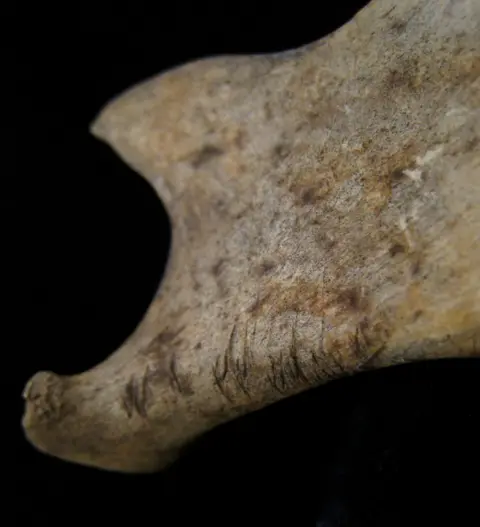 Rick Schulting
Rick SchultingThere is limited evidence that tension in this era was caused by a fight over resources.
That led the experts to suspect this violence was caused by a huge breakdown in relationships.
“This was something exceptional. This level of almost erasing the person, literally chopping them into pieces, seems like something you would only do if fuelled by anger, fear and resentment,” Prof Schulting suggests.
One theory was that someone did “something horrible that justified this in the eyes of those doing it”, he says.
“This is not a homicidal maniac. This is a community of people that came together to do this to another community,” Prof Schulting adds.
He says perhaps a culture of honour led to the attack.
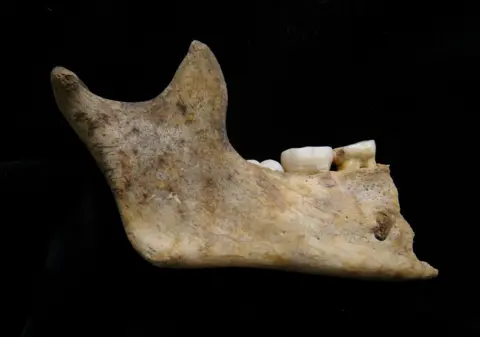 Rick Schulting
Rick Schulting“If you felt wronged, it was ultimately your responsibility to do something about it. It’s not like you could go to the magistrate and ask for something to be done,” Prof Schulting says.
He suggests that this looks like a case where “things cycled out of control and normal checks and balances failed.”
That could be because of one particularly antagonistic person who didn’t “let things rest” or “had their own agenda”.
“If you have those kinds of people on two sides of a conflict, it starts to spiral out of control,” he suggests.
Experts have usually believed that early Bronze Age England was not particularly violent because very limited signs of conflict have been found.
There is no evidence of weapons like swords or of fortifications that would suggest communities needed to protect themselves.
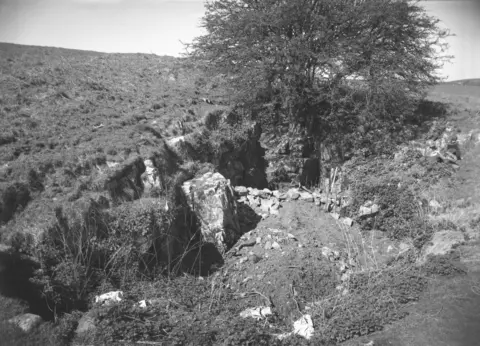 Antony Audsley
Antony AudsleyBefore this discovery, only about 10 victims of violent attacks had been found from the period, Prof Schulting says.
The scientists said they do not believe this would have been a one-off attack because “there would have been repercussions”.
“But at some point calmer heads probably prevailed and people got on with their lives and some sense of normality returned,” Prof Schulting suggests.
He cautions that the attack should not be seen as a sign that the past was “particularly savage and bloody” or that “we’re beyond all of that now.”
“I hope it gives us insights into human nature that extend beyond just the Bronze Age,” he adds.
The research is published in the academic journal Antiquity.



